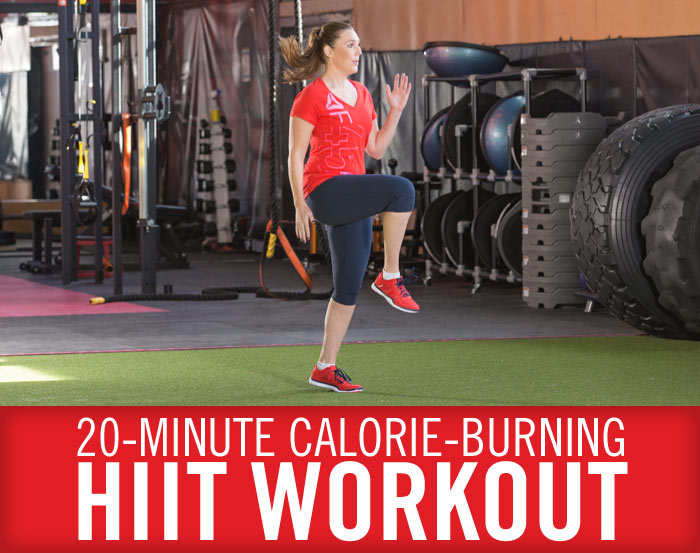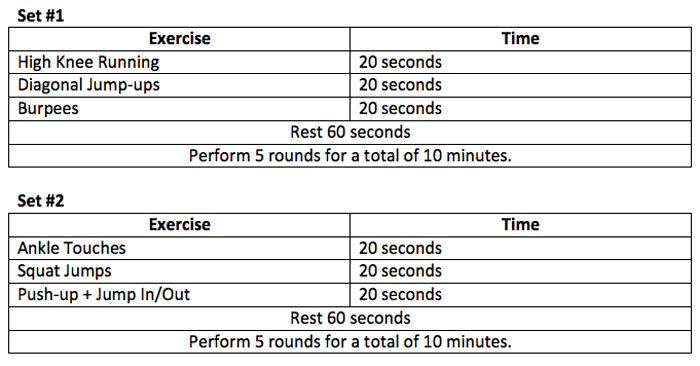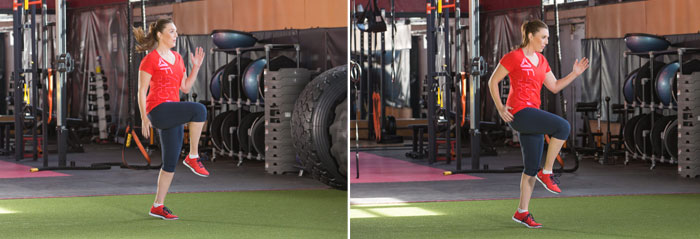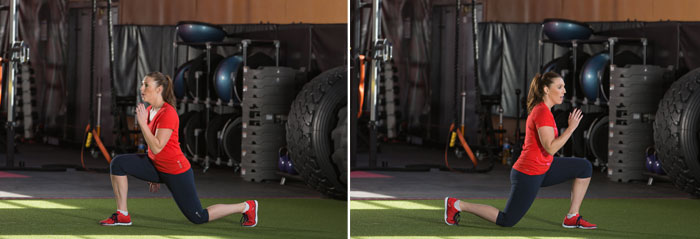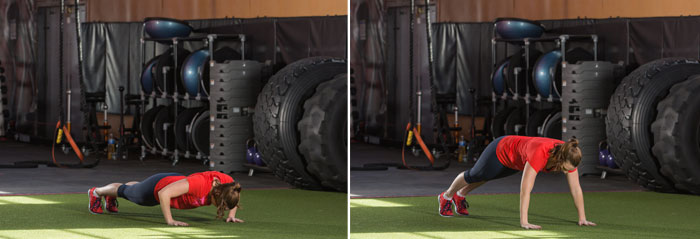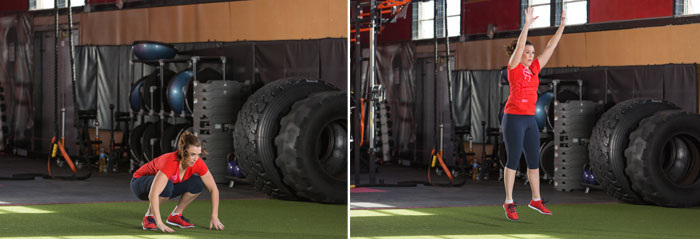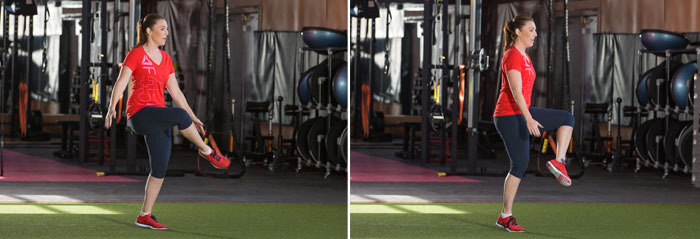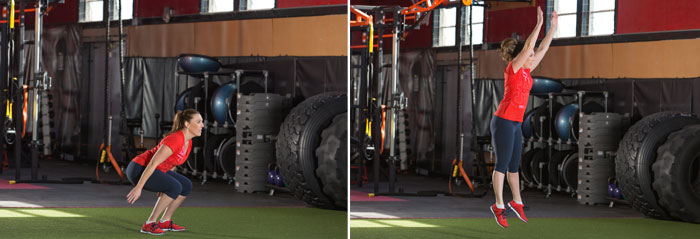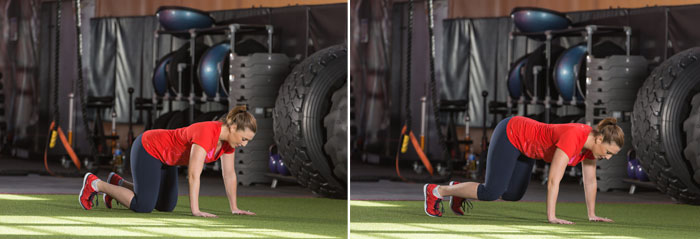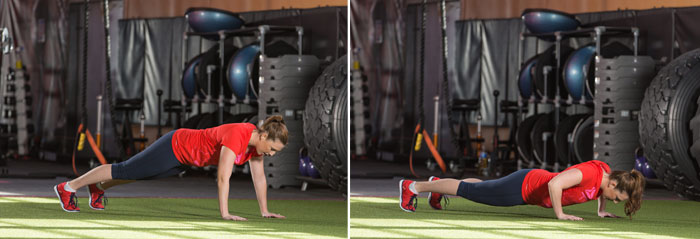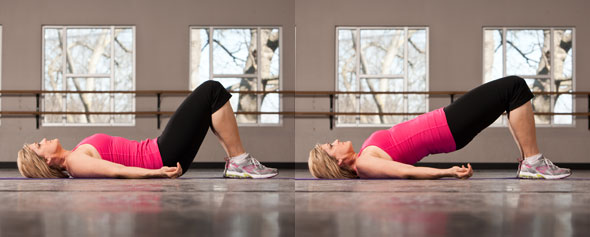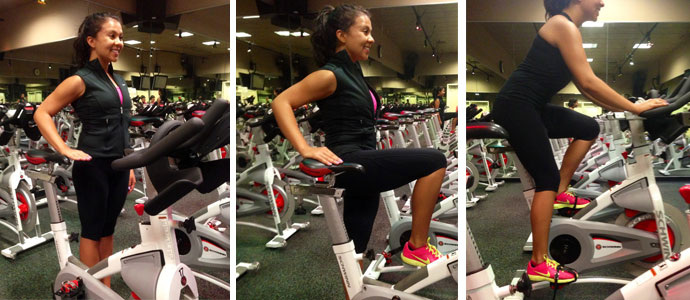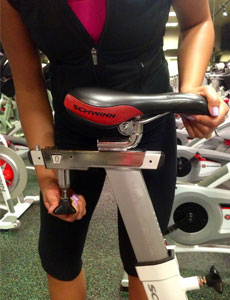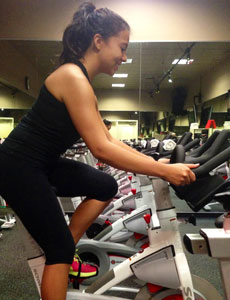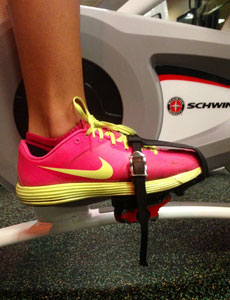“The woods are lovely, dark, and deep,
But I have promises to keep,
And miles to go before I sleep,
And miles to go before I sleep.”
~Robert Frost
This is a post from Matthew Frazier of No Meat Athlete.
Why does the popularity of trail running in the United States surge
every time there’s a national crisis or period of epidemic uncertainty?
Simple answer: Running like a wild man or woman through the woods nurtures the soul.
Trail running satisfies a primal need for movement through nature,
presumably left over from our days as hunters. When things spin out of
control in an age of iPads and Droids, running in the woods is one thing
we can count on to be pretty much the same as it’s always been.
That’s your fancy explanation. My real reason for trail running? Getting dirty makes me feel way more badass than I am.
So what does the average road runner have to gain from venturing out into the wilderness?
Two things. First, reduced risk of injury: The soft, ever-varying
surface of the trail lessens the likelihood of an overuse injury,
strengthens core muscles, and ultimately makes for more comfortable long
runs than asphalt. Second, a rush that road running just can’t give
you. It should come as no surprise that soaking in the essence of the
forest results in a quantifiably-greater endorphin release than does
breathing in roadside fumes.
Trail running has done more than make me a stronger, happier runner:
It has made me a runner, period. For seven years before finding the
courage and initiative to learn a new type of running, I ran strictly on
roads. I relished the day-to-day routine of my training. But I
refused to call myself a runner until I could truly enjoy the act of
running for its own sake.
It took trail running to make me feel like a runner. Don’t wait as
long as I did to try it. Here’s what you need to know to hit the trails
safely and discover this wildly soothing side of running.
Trail Running Gear
At its best, trail running is a more minimalistic endeavor than road
running. While iPods, GPS devices, and heart rate monitors have become
musts for many runners, technology tends to take away from experience of
trail running. Even a watch is dispensable.
Still, there are certain necessities for trail running, some of which require different considerations from running on roads.
- Clothing: The same technical apparel that you wear
on roads works for trails, but choose something that you don’t mind
getting dirty or snagged.
- Shoes: Road shoes work fine for short runs. If you
decide to stick with trail running, however, you’ll eventually want to
get a pair of trail shoes. They offer a stronger, protective sole and
greater stability than most road shoes. And while the idea of barefooting on trails is appealing, it’s smart to run a trail in standard shoes first to get a feel for how sharp those rocks are.
- Water bottle: If you’re not big on drinking from
streams, you’re going to have to carry your water with you. A favorite
among trail runners is the handheld water bottle that straps to the hand
and has additional pouches for things like keys, ID, and food. For
longer runs, consider a hydration vest. Nathan Sports is a popular brand for both hydration options.
- Insect repellent: Depending on where you’re running, bug spray may or may not be necessary.
- Headlamp or flashlight: One of the coolest things
about trail running is that you can do it pretty safely at night,
without having to worry about cars. But for running at night, a
headlamp or flashlight is absolutely necessary. The LED versions are
both lightweight and bright.
And don’t forget a towel and a change of clothes, socks, and shoes
for afterward. If you’re doing it right, you’ll be wet and dirty by the
end of the run.
7 Steps to Your First Trail Run
1. Find a trail.
By far the best way to start trail running is to find a local group
of trail junkies and run with them. They’ll know the best trails in
your area and help you get started. I met my trail-running group
through my town’s running club; you can search for running clubs near
you at Run the Planet’s club directory.
If you can’t find a group, the American Trail Running Association’s website offers a free directory of U.S. and international trails.
Be sure to distinguish between non-technical and technical trails.
Non-technical trails are paved, gravel, or dirt roads that are generally
easy to negotiate. Technical trails are narrow, dirt or rocky paths
offering every variety of challenge that most people associate with
trail running.
2. Slow down and take short, quick strides.
You can expect to run about 20 percent slower on trails for a given
level of exertion than you would on roads. You’ll find steeper hills,
more side-to-side movement, and lots of obstacles to deal with. Trail
running is most fun when you forget about pace and do what feels good.
Shorten your stride so that your weight is over your feet most of the
time; this allows you to react quickly and maintain balance. You’ll
find that trail running works your core and stabilizer muscles more than
road running, so it may help to focus on keeping your core engaged.
3. Don’t be afraid to walk the hills.
The surest way to identify a road runner on the trails is to look for
the guy who runs past everybody on the uphills, only to be passed again
on the downhills. Trail runners know that it’s usually more efficient
to walk up the steep hills and conserve energy to make up time on the
way down.
4. Scan the ground five to ten feet in front of you as you run.
When you’re running trails, you need to pay extra attention to where
you step. But you certainly don’t want to be staring straight down at
your feet the whole time.
Continuously scan the ground a few yards ahead of you while you’re
running. As you notice an approaching obstacle, shift your attention to
your feet to do whatever is necessary to clear the obstacle. And don’t
be lazy—pick up your feet just a little higher than you think is
necessary to avoid a root or rock. Too many falls happen due to simple
complacency.
5. Keep a distance of ten feet from other runners.
If you’re going to pay attention the ground in front of you, it helps
if you can actually see it. If that’s not enough reason to keep your
distance, trail runners are required to change speeds all the time,
rarely with warning. Nobody likes getting rear-ended.
6. Watch out for slippery roots and rocks.
If you can step over a fallen tree, root, or large rock, rather than on
it, do it. Lots of them are more slippery than they look. And when
crossing streams, it’s often safer to walk directly through the water
than to try to tiptoe across wet rocks. (You’ll avoid being called
names, too.) It’s trail running; you’re supposed to get muddy and wet!
7. Be safe. It’s not called “the wild” for nothing.
You know, the common-sense stuff. Whenever possible, run with a
friend. Bring a map if you’re running a new trail for the first time.
Have a first aid kit in the car, and carry extra food with you for
emergencies. Bring along a cell phone or pepper spray if you’re running
alone.
And know the area you’re running—how to deal with the wildlife, when
and where hunting takes place, when the sun goes down, and anything else
that might pose a danger.
Trail Running Resources
You have everything you need. Don’t wait another day. Happy trails.
Matt Frazier’s running breakthrough came when he realized he could run faster and farther with a vegetarian diet. On his blog, No Meat Athlete, he shares clean-fuel recipes and running insights gained as he trains for his first 50-mile ultramarathon.
